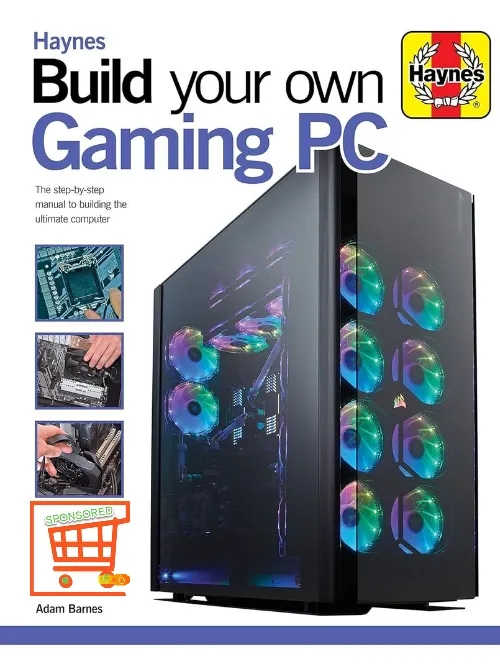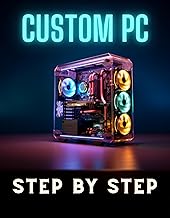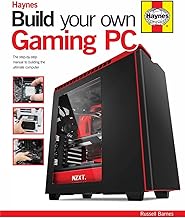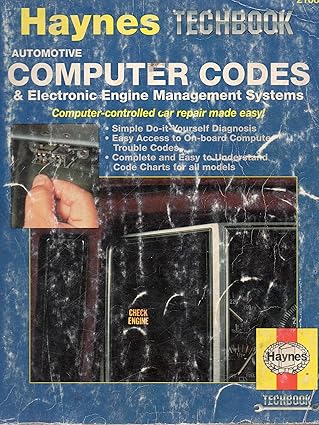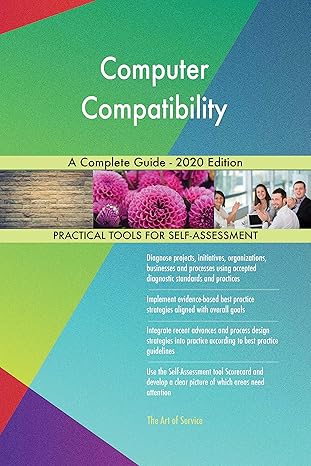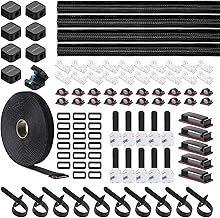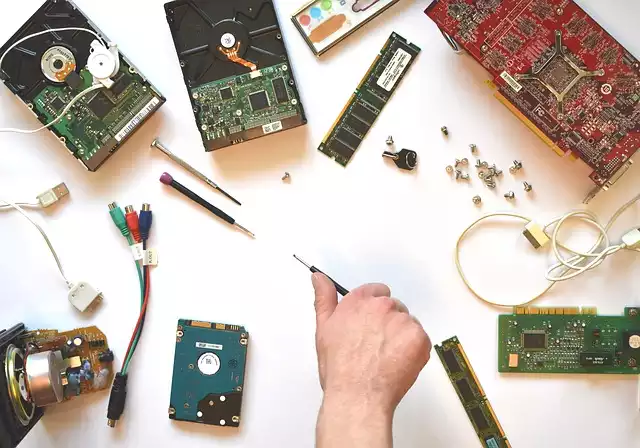Latest Technology Computer Hardware
Building your own gaming PC can be one of the most rewarding experiences for both novice and seasoned gamers alike.
In an era where pre-built systems often come with inflated prices and limited customization options, taking the DIY route allows you to tailor your machine to meet your specific gaming needs and preferences.
Whether you aim to play the Latest Technology Computer Hardware at maximum settings, engage in immersive virtual reality experiences, or simply enjoy the satisfaction of crafting something with your own hands, constructing a gaming PC opens up a world of possibilities.
This guide will walk you through each step of the process, from selecting the right components—such as the CPU, GPU, and motherboard—to assembling them with precision and care.
With a clear understanding of your goals and a little bit of patience, you can create a powerful, efficient gaming rig that not only performs exceptionally but also reflects your personal style.
As you embark on this journey, you’ll gain valuable insights into how each component interacts, empowering you to make informed decisions that will enhance your gaming experience for years to come.
With the right tools and guidance, you are just a few steps away from turning your gaming aspirations into reality.
Table of Contents Latest Technology Computer Hardware
Follow this step-by-step manual for success
Utilizing a step-by-step manual can significantly enhance your experience when embarking on the journey of building the ultimate computer.
By carefully following each outlined procedure, you can ensure that every component is correctly installed and optimized for performance.
This organized approach minimizes the risk of errors and helps you gain a deeper understanding of the system you are assembling.
As you navigate through the intricacies of hardware compatibility and setup, refer to resources like Haynes Manuals that provide detailed insights and illustrations, making complex tasks more manageable.
Your commitment to following a structured guide will not only lead to a successful build but also empower you with the knowledge needed for future upgrades and maintenance.
Embracing this process with patience and diligence can transform what might seem like a daunting task into an enjoyable experience.
As you familiarize yourself with the inner workings of your customized machine, you will appreciate the benefits of having a tailored setup that meets your unique gaming and computing needs.
Choose components wisely for performance
Selecting the right components is crucial for achieving the desired performance in your custom computer build.
Each part, from the CPU and GPU to the RAM and storage, plays a significant role in overall system efficiency.
By prioritizing compatibility and performance specifications, you can ensure that the components work harmoniously together.
Researching benchmarks and reviews will provide valuable insights into how various components perform under different workloads, ultimately guiding your purchasing decisions.
Moreover, striking a balance between cost and performance is essential.
While it may be tempting to opt for the latest high-end parts, evaluating your specific needs and usage scenarios will help you make more informed choices.
Investing in quality components that suit your gaming or productivity requirements can yield better results than simply assembling expensive parts.
Through careful selection, you can create a powerful and reliable system that stands the test of time, setting the stage for an exceptional computing experience.
Start building the ultimate computer now
Utilizing a detailed step-by-step manual is pivotal when embarking on the journey of constructing your ideal setup.
This resource provides clear guidance on not only selecting components but also understanding the assembly process that follows.
By following a structured approach, you can minimize the risk of errors and ensure that each part is integrated correctly.
With the right manual, you’ll have the confidence to navigate the complexities of building the ultimate computer, making informed decisions about component placement, cable management, and system optimization.
Moreover, leveraging resources like Haynes Manuals can enhance your understanding of the intricacies involved in computer assembly.
These comprehensive guides offer troubleshooting tips, maintenance suggestions, and upgrade paths that are invaluable as you build and evolve your system over time.
By engaging with such materials, you can deepen your knowledge and develop skills that empower you to create not just a functional machine but a high-performing powerhouse tailored to your specific needs.
Refer to Haynes Manuals for guidance
Incorporating Haynes Manuals into your building process can significantly streamline your experience and elevate your expertise.
These manuals provide an extensive repository of information tailored to the various components and technologies you will encounter.
By utilizing this resource, you gain access to detailed diagrams and step-by-step instructions that can clarify complex procedures, ensuring that you not only understand how to assemble your parts but also the rationale behind each choice.
This level of insight is essential for anyone serious about creating a powerful and efficient gaming machine.
Additionally, Haynes Manuals often feature troubleshooting sections that can save you time and frustration.
If you encounter issues during assembly or operation, knowing how to diagnose potential problems can prove invaluable.
By referring to these manuals, you equip yourself with the tools necessary to not only build but also maintain and upgrade your system effectively.
This proactive approach will help you stay informed about the latest advancements and best practices in the ever-evolving world of gaming PCs, ultimately contributing to your success in building the ultimate computer.
Ensure compatibility of all parts involved
Compatibility among all components is crucial for the successful assembly of your gaming computer.
Each part, from the motherboard to the graphics card, needs to work harmoniously to ensure optimal performance.
Before making any purchases, it’s essential to consult compatibility charts and specifications from manufacturers.
This diligence helps you avoid the frustration of having parts that do not fit or function together, ultimately saving you both time and money in the long run.
As you progress through the step-by-step manual, verify that your selected components match each other’s requirements, such as power supply ratings and physical dimensions.
Building the ultimate computer requires attention to detail, so consider factors like RAM type, CPU socket, and GPU dimensions.
By ensuring that all parts are compatible, you set a solid foundation for your gaming rig, enabling it to perform at its best and allowing for future upgrades with minimal hassle.
Assemble the motherboard and CPU carefully

Handle the motherboard and CPU with utmost care, as these components are critical to the overall functionality of your system.
Begin by grounding yourself to prevent static electricity from damaging sensitive parts.
Position the motherboard on a non-conductive surface and ensure you have all necessary tools at your disposal.
Align the CPU with the socket, paying close attention to the notches and pins, to avoid bending any contacts.
Secure the CPU firmly in place before applying thermal paste and attaching the cooling solution, as proper thermal management is vital for optimal performance during intense gaming sessions.
Once the CPU is installed, carefully place the motherboard within the case, aligning it with the standoffs to ensure a secure fit.
Connect the power supply, ensuring each cable reaches its designated area without excessive strain.
Follow the wiring guidelines found in your step-by-step manual, paying attention to the motherboard’s layout for optimal cable management.
With the motherboard and CPU securely assembled, you can confidently proceed to install other components, knowing that you have laid a solid groundwork for your ultimate computer build, as detailed in resources like Haynes Manuals.
Install RAM to enhance speed
Upgrading your system’s RAM is a crucial step in maximizing its speed and responsiveness, particularly for gaming and demanding applications.
When installing RAM, ensure that you are using compatible modules that match your motherboard specifications.
Begin by locating the DIMM slots on the motherboard and inserting the RAM sticks firmly into the slots, ensuring the clips click into place for a secure fit.
This enhancement will allow your system to handle multiple tasks simultaneously, reducing lag and improving load times.
As you embark on building the ultimate computer, refer to resources such as Haynes Manuals for detailed instructions on optimizing your RAM configuration.
Properly configuring the RAM not only boosts the speed but also enhances overall system stability, providing a seamless gaming experience.
Connect storage drives for capacity
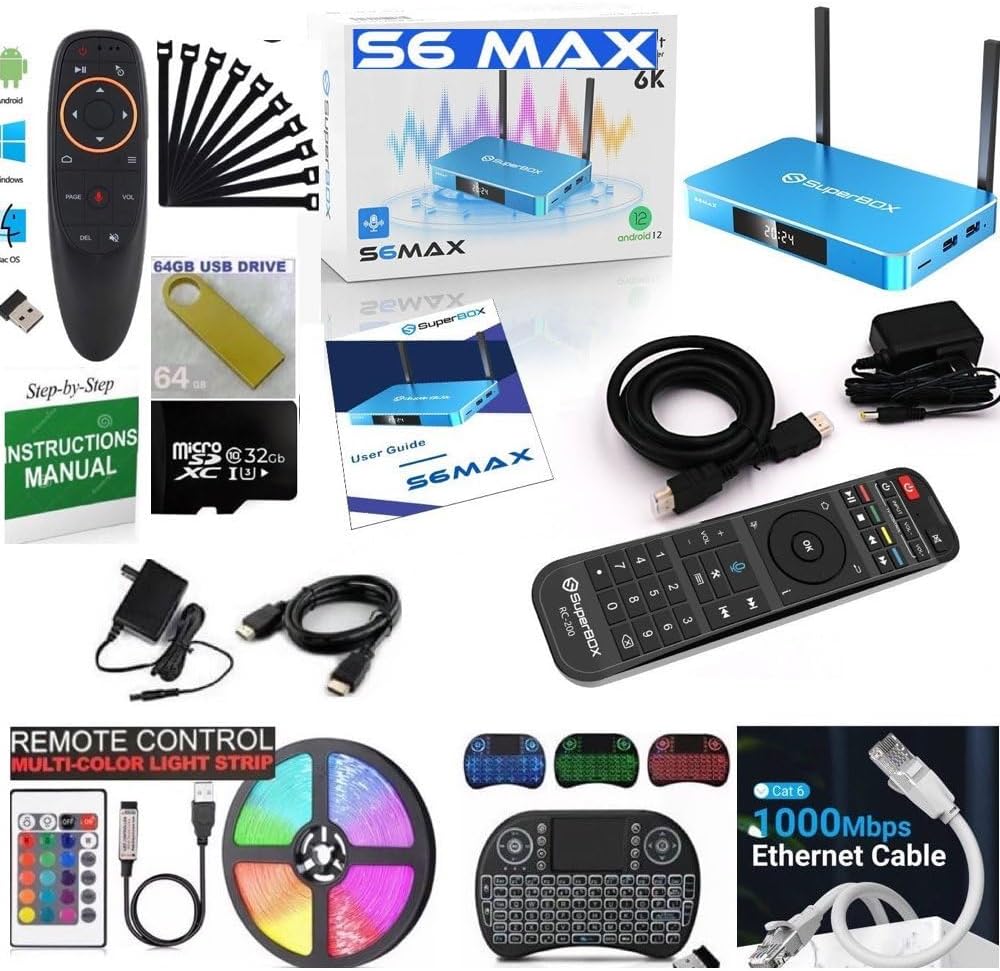
When integrating storage drives into your build, consider both the capacity and speed needed to support today’s demanding games and applications.
Opt for a combination of solid-state drives (SSDs) for your operating system and frequently played games, ensuring quicker load times and enhanced performance.
Additionally, utilizing larger hard disk drives (HDDs) can provide ample storage for less frequently accessed files, media, and other data.
Follow a step-by-step manual to determine the best arrangement for your drives within the case, ensuring proper cable management and airflow for optimal cooling.
As you progress in your journey toward constructing the ultimate computer, take care to interface these drives correctly with your motherboard and power supply.
By adhering to the guidelines from trusted sources like Haynes Manuals, you can efficiently connect the drives and configure them in your operating system, maximizing both storage space and performance.
This meticulous attention to detail will not only enhance your gaming capabilities but also ensure a reliable and versatile computing environment.
Manage cables for optimal airflow
Proper cable management is essential for maintaining optimal airflow within your PC case, which directly contributes to the cooling efficiency and longevity of your components.
As you route cables, strive to minimize clutter by organizing them neatly along the edges of the case or behind the motherboard tray.
Using cable ties or Velcro straps can help you bundle cables together, reducing resistance to airflow and creating a more visually appealing build.
Additionally, consider the positioning of your cables in relation to fans and ventilation areas.
Keeping cables out of the direct path of airflow ensures that your cooling system operates effectively, preventing overheating during intense gaming sessions.
By focusing on these details, you not only enhance the cooling performance of your system but also enjoy a tidier workspace, making it easier to troubleshoot and upgrade in the future.
Following a structured approach as outlined in a step-by-step manual will aid in achieving a well-organized and efficient setup.
Test your build before usage
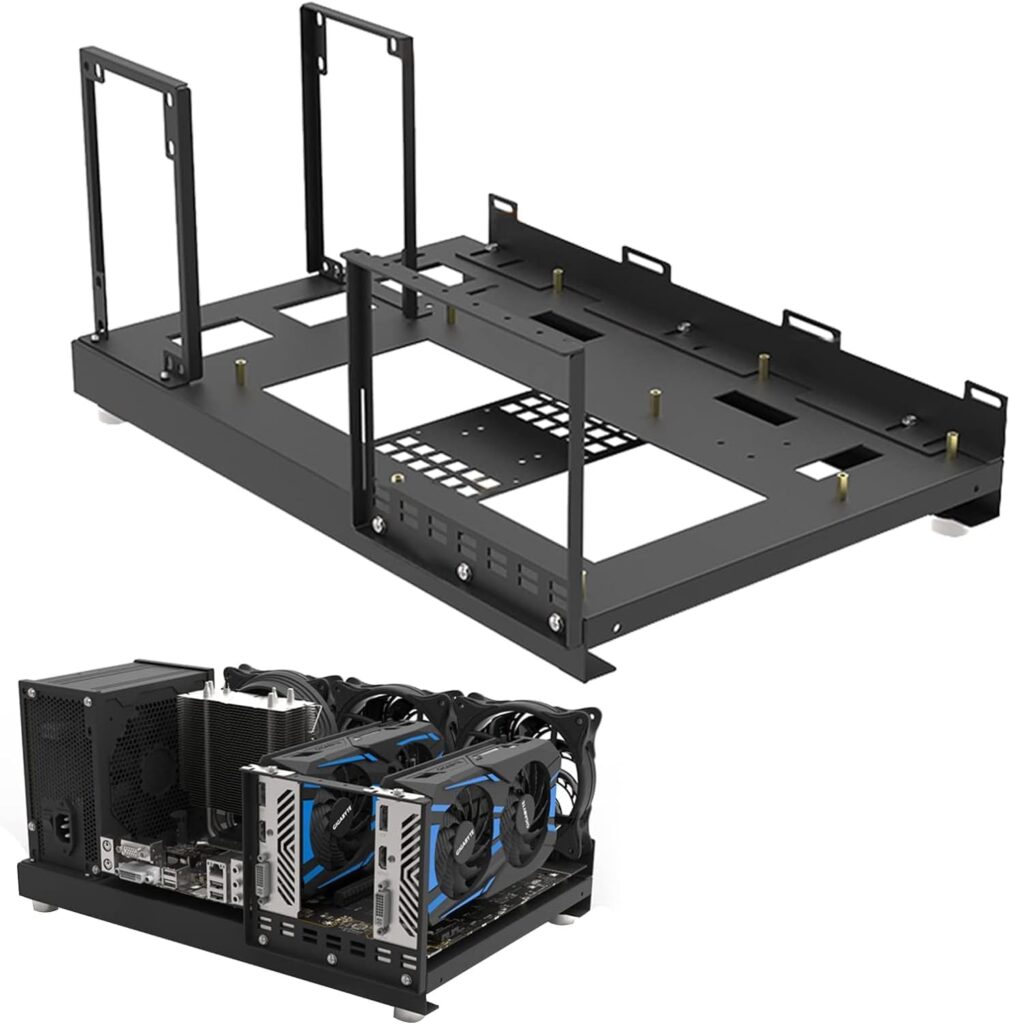
Before you embark on an exciting gaming experience, it is crucial to ensure that your system is fully functional.
Testing your assembled components allows you to verify that everything is operating as expected, minimizing the risk of potential issues later on.
Begin by double-checking all connections, ensuring that power cables are securely attached and that components such as the motherboard, graphics card, and storage devices are properly seated.
Once you are confident in your setup, power on the system and listen for any unusual sounds, while monitoring the BIOS for component recognition and temperatures.
This preliminary test is an essential step in the process of building the ultimate computer.
By identifying and addressing any discrepancies or performance concerns at this stage, you can save yourself time and frustration in the long run.
If issues arise, consulting resources like Haynes Manuals can provide additional guidance to troubleshoot effectively.
Ultimately, taking the time to comprehensively test your build ensures a seamless transition into the thrilling world of gaming.
In conclusion, building your own gaming PC is not only a rewarding endeavor but also a way to tailor a machine that meets your specific gaming needs and preferences.
By carefully selecting each component—from the CPU and GPU to the motherboard and cooling system—you can create a system that not only performs at peak levels but also reflects your personal style and gaming habits.
As you embark on this process, remember that patience and research are key; understanding compatibility and performance will ensure your build is successful.
Ultimately, the satisfaction of assembling your own rig and the enhanced gaming experience it delivers will make the effort worthwhile.
So gather your tools, dive into the world of PC components, and enjoy the journey of creating a gaming powerhouse that is uniquely yours.

